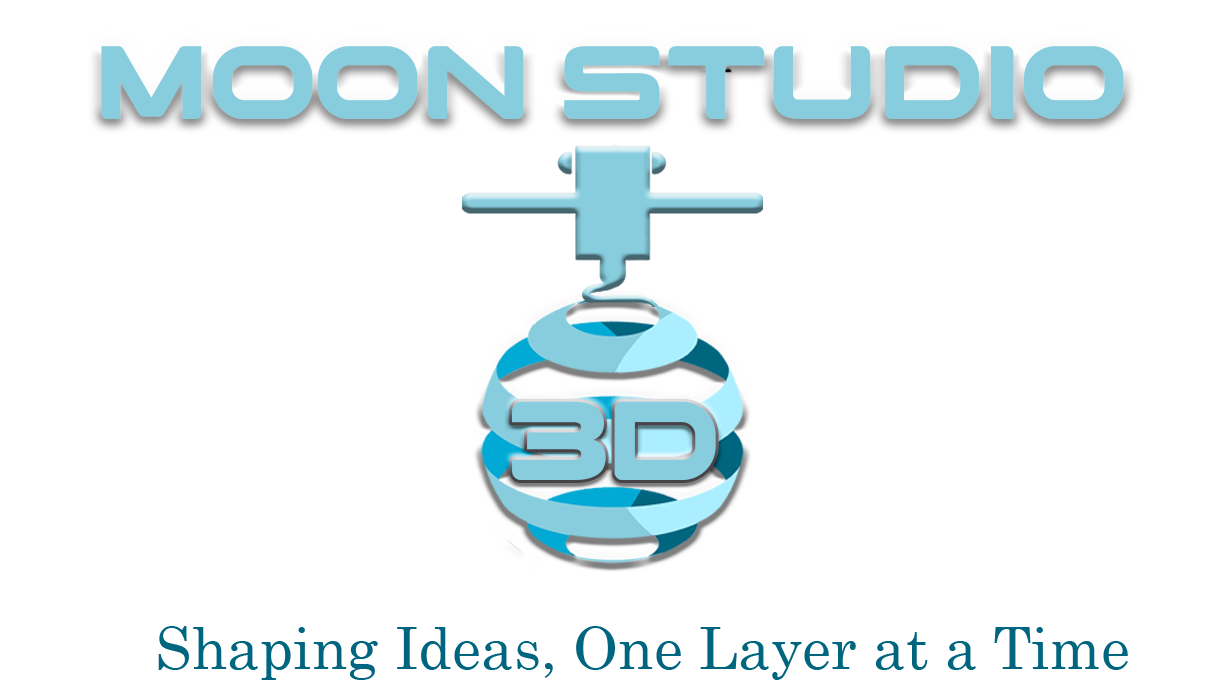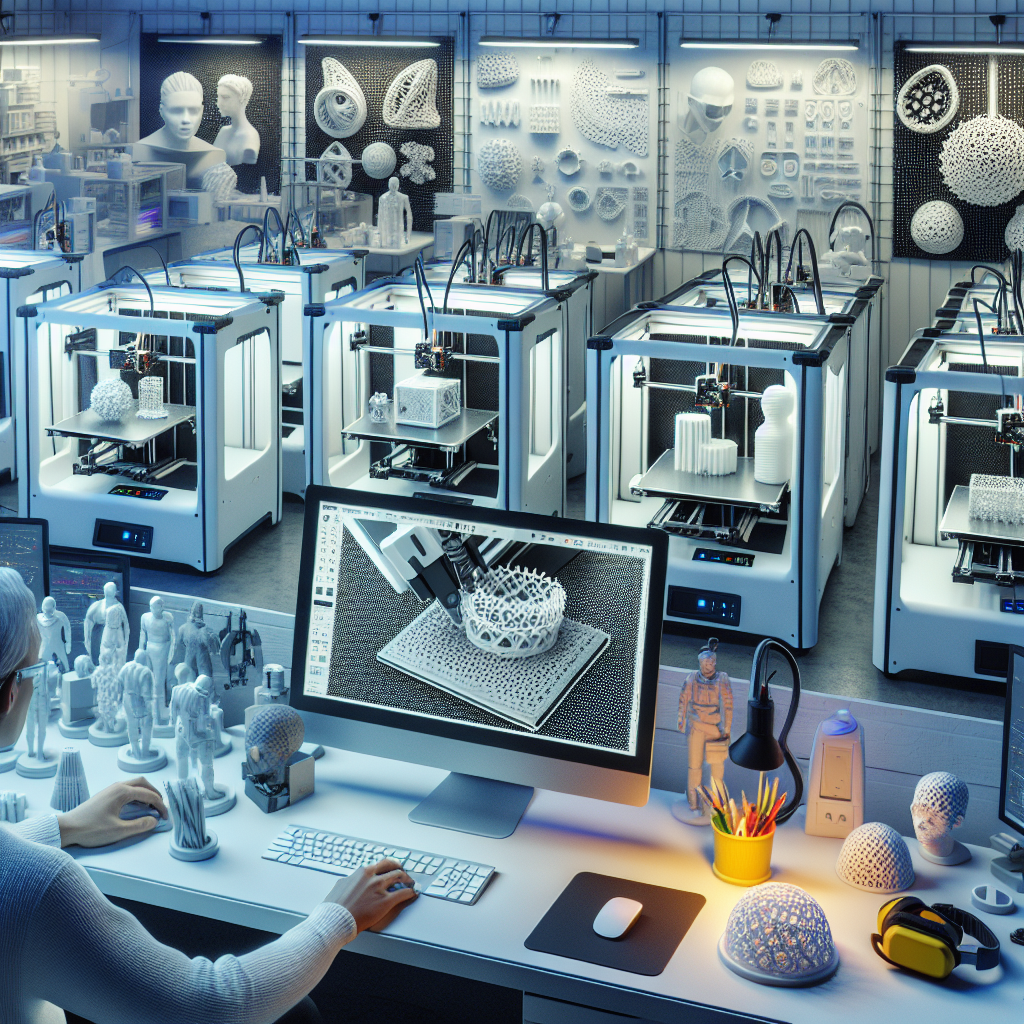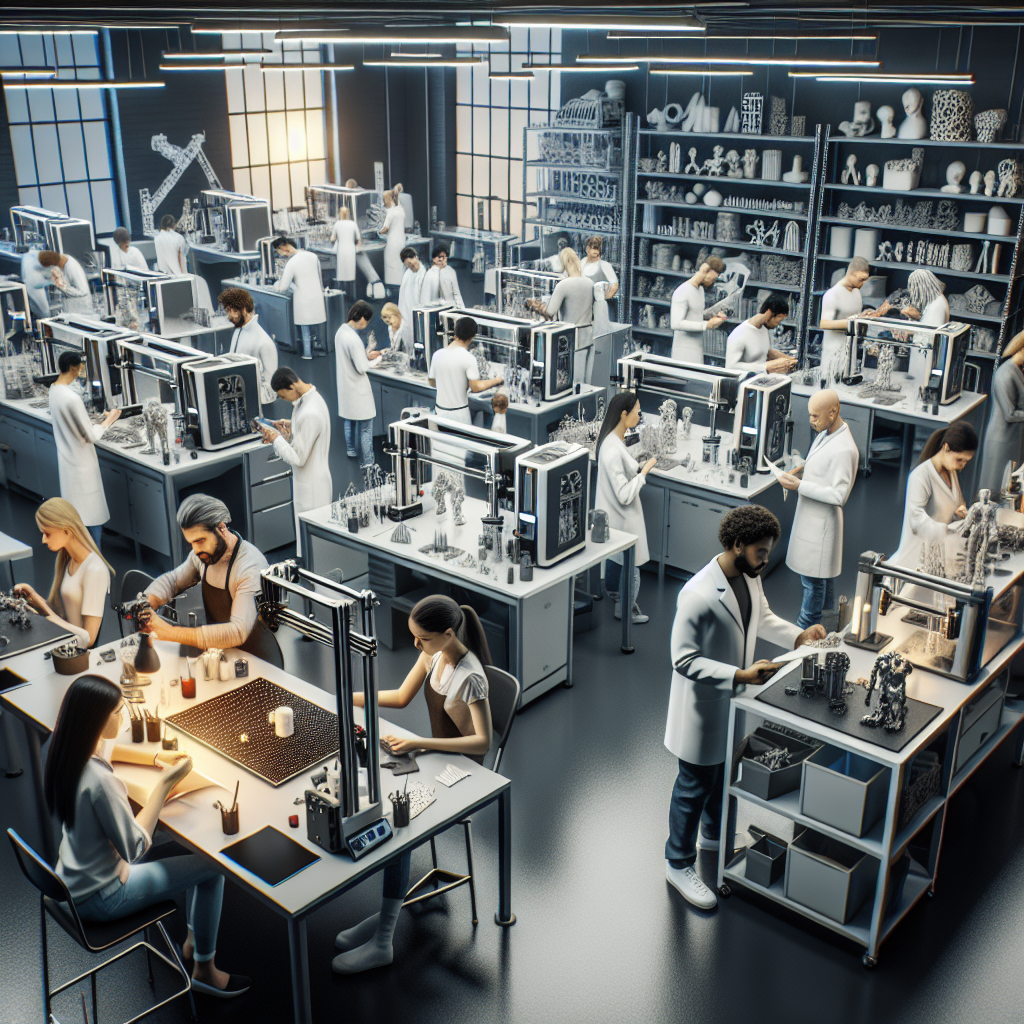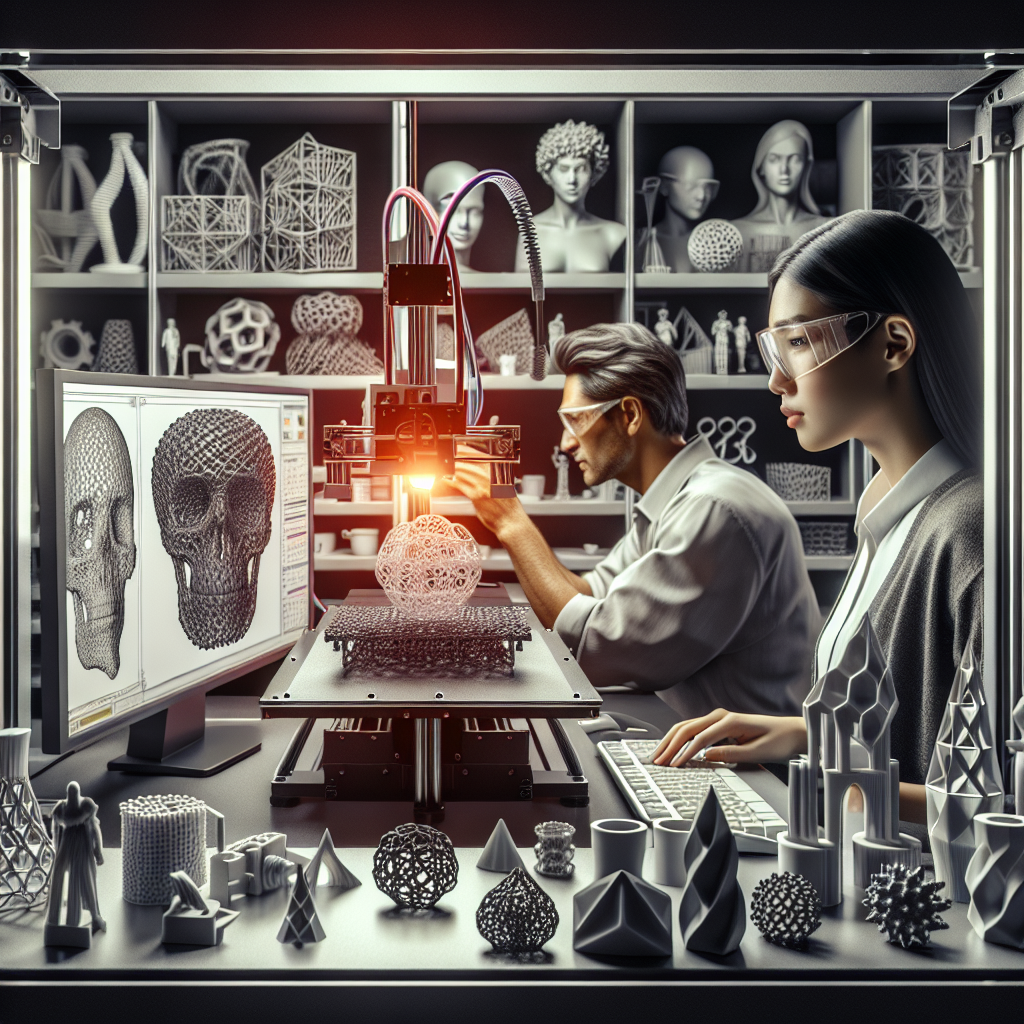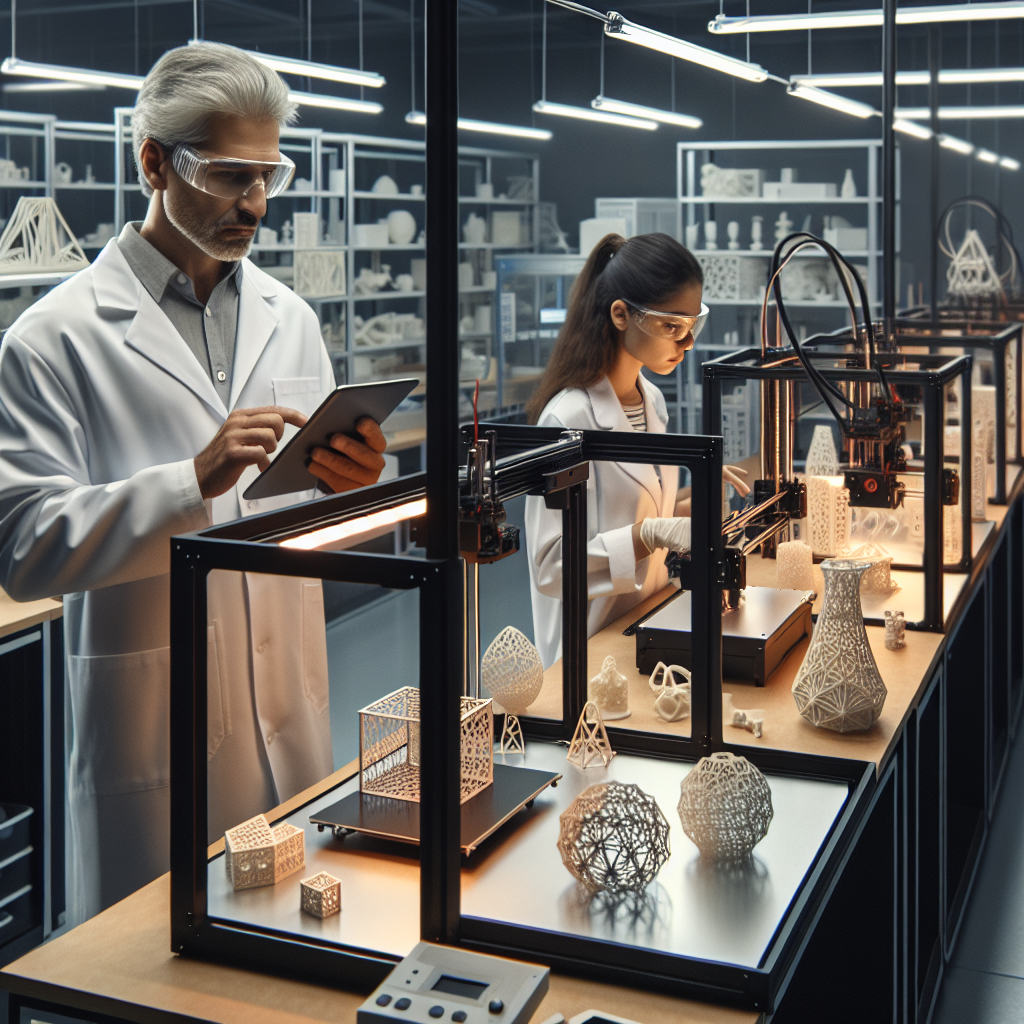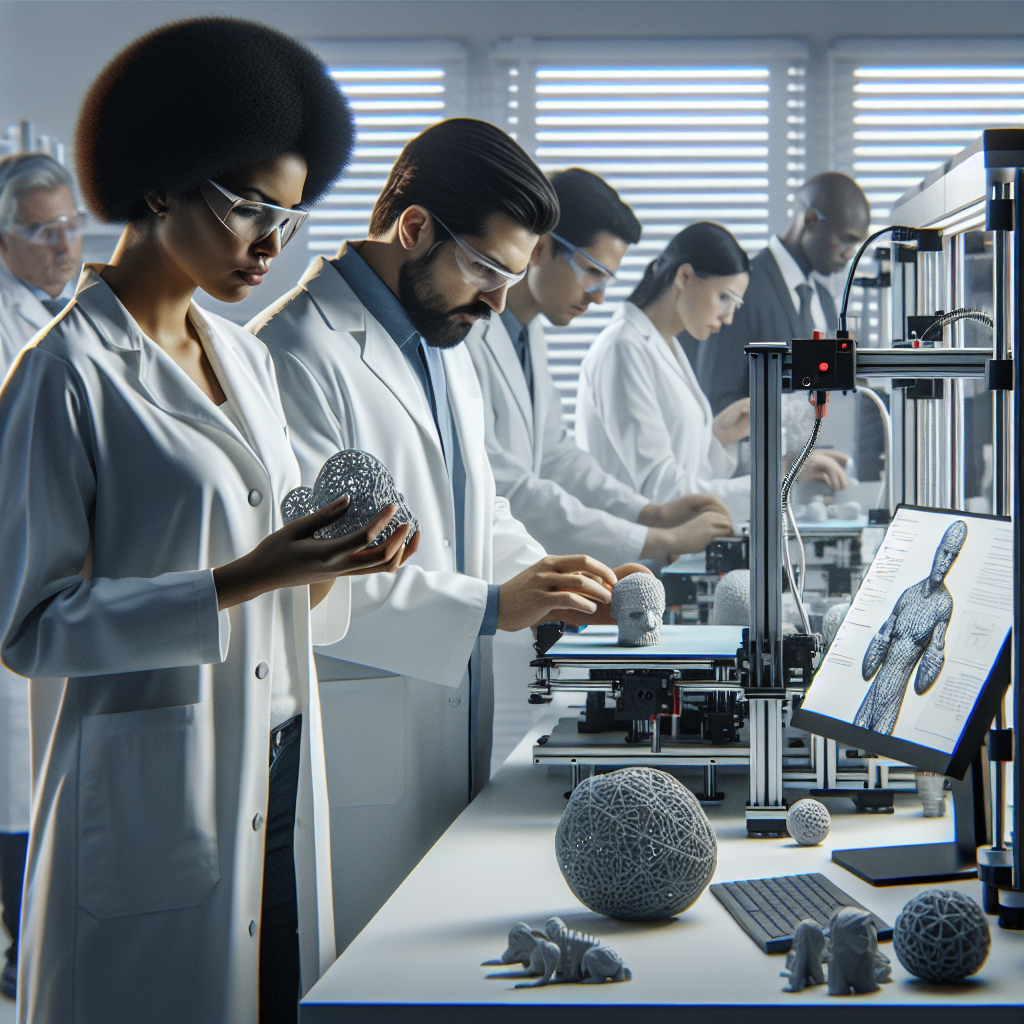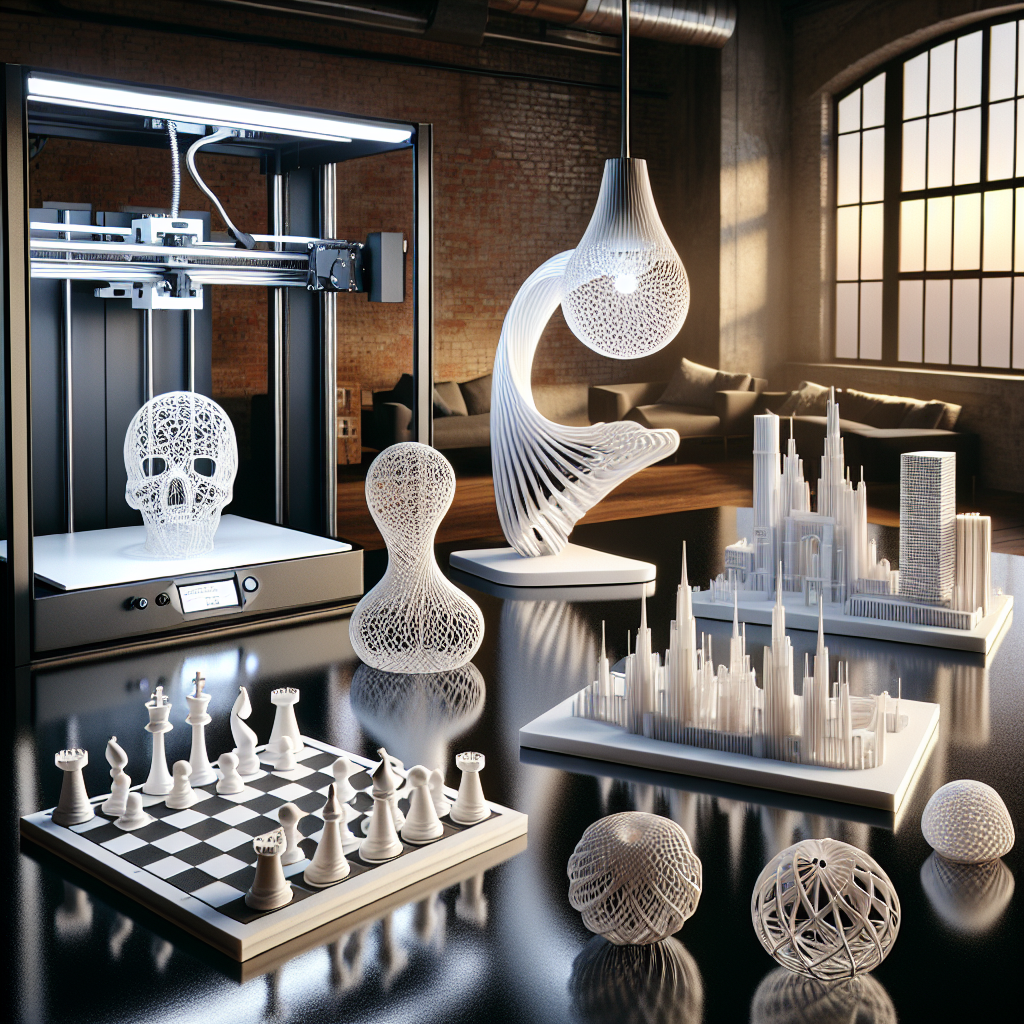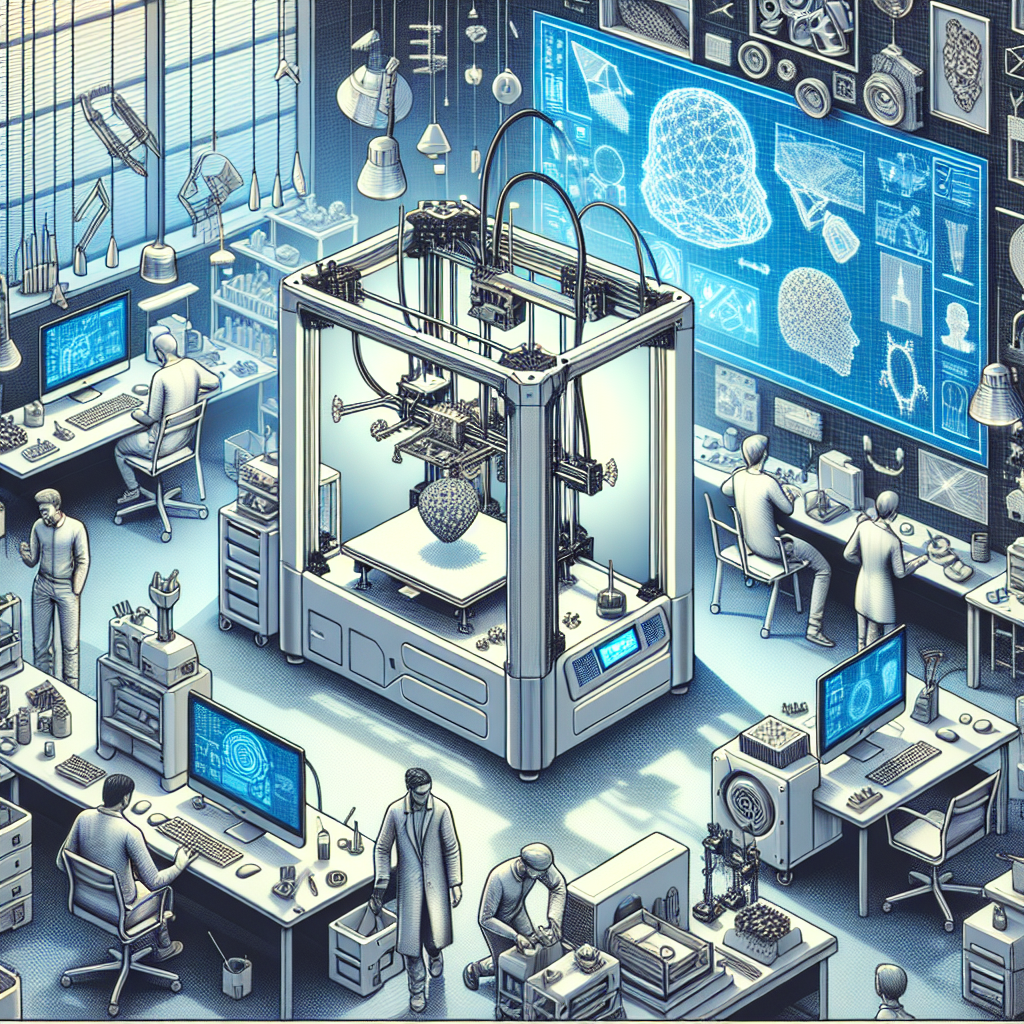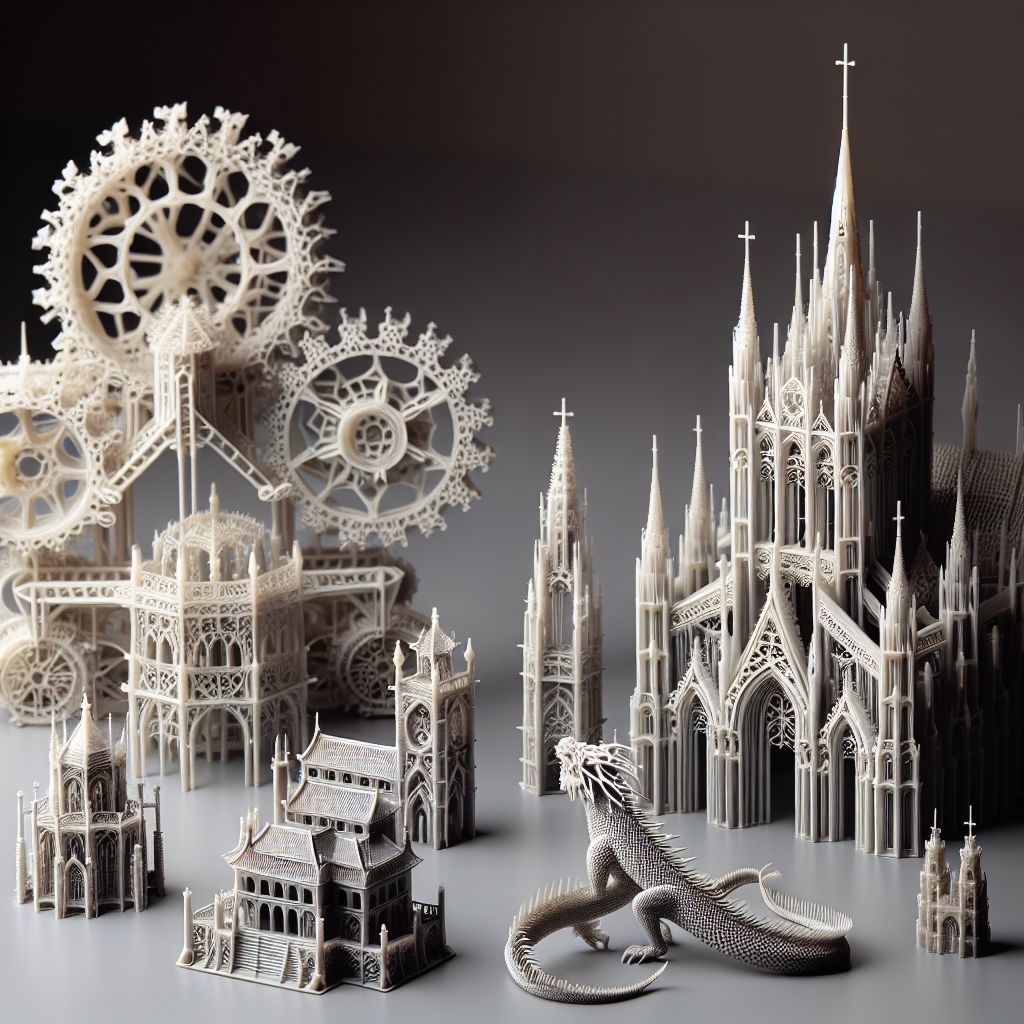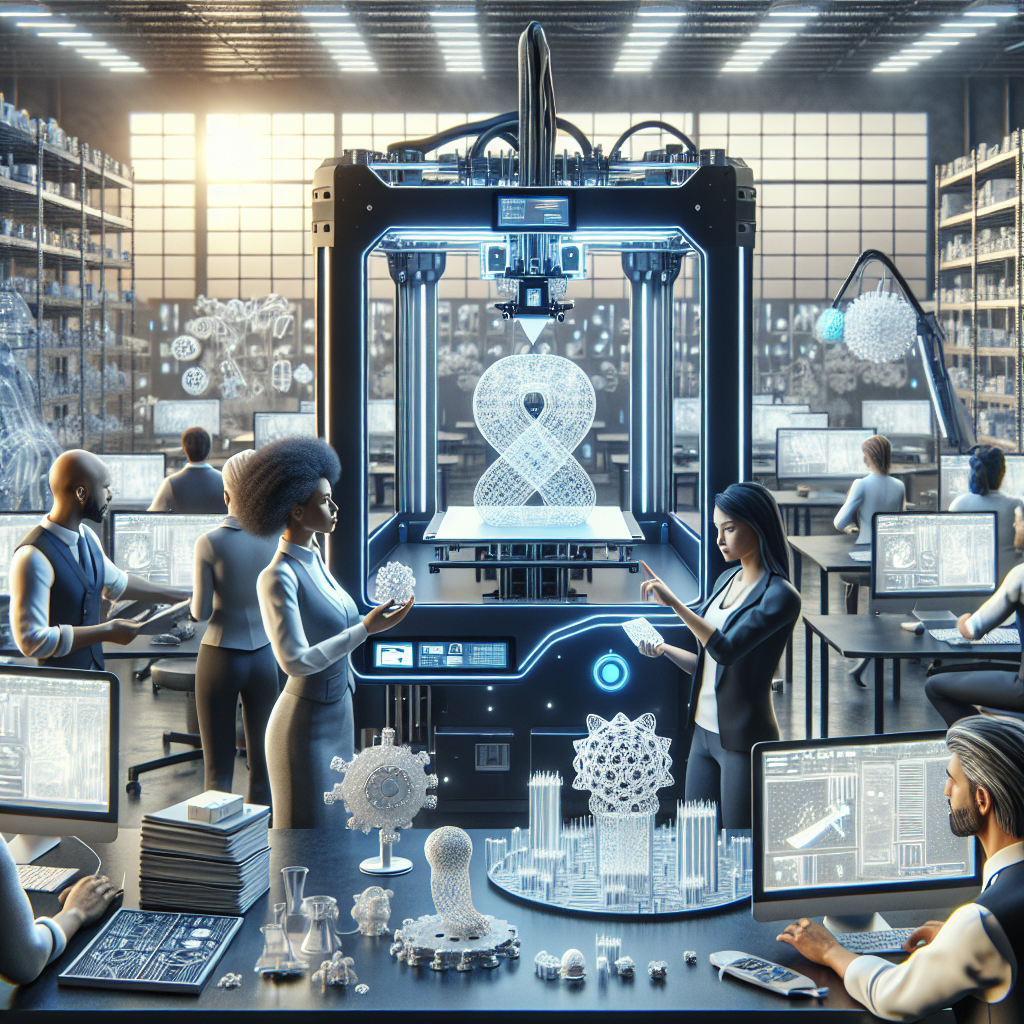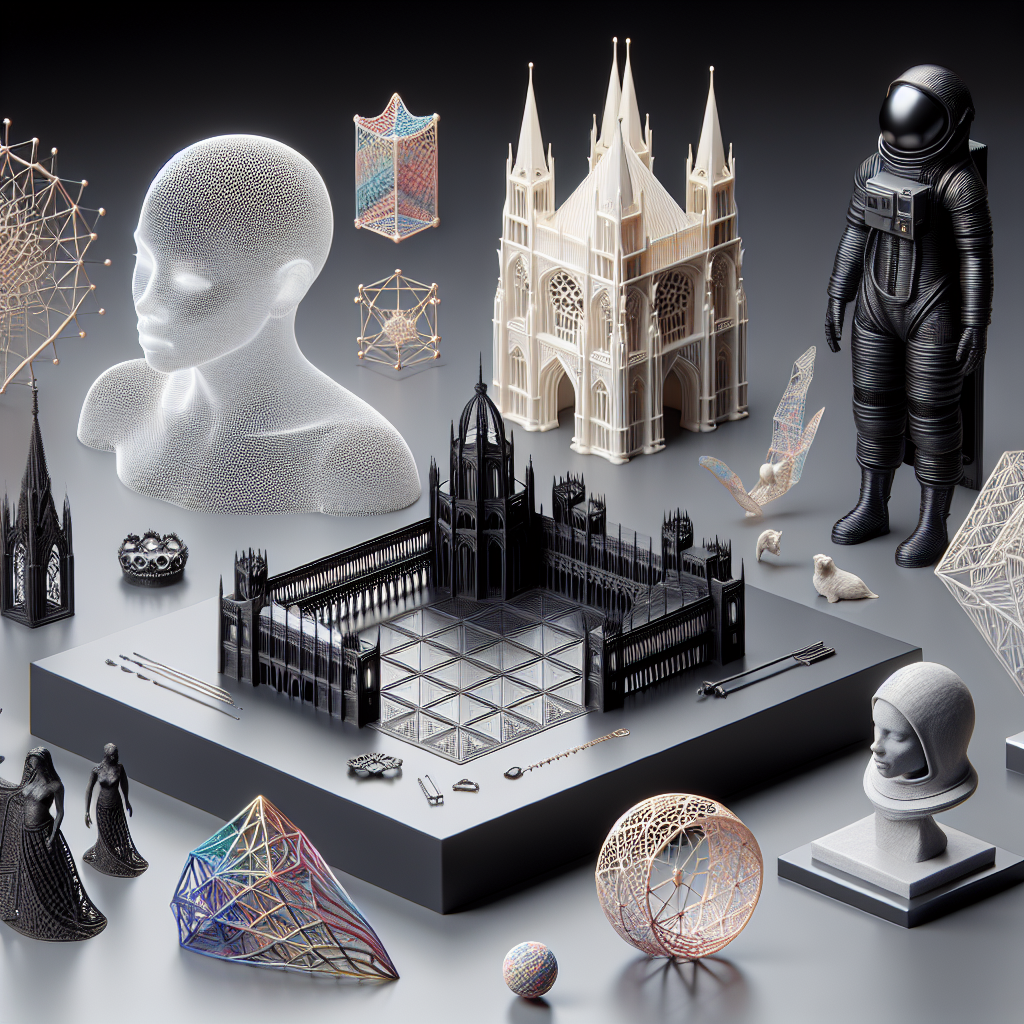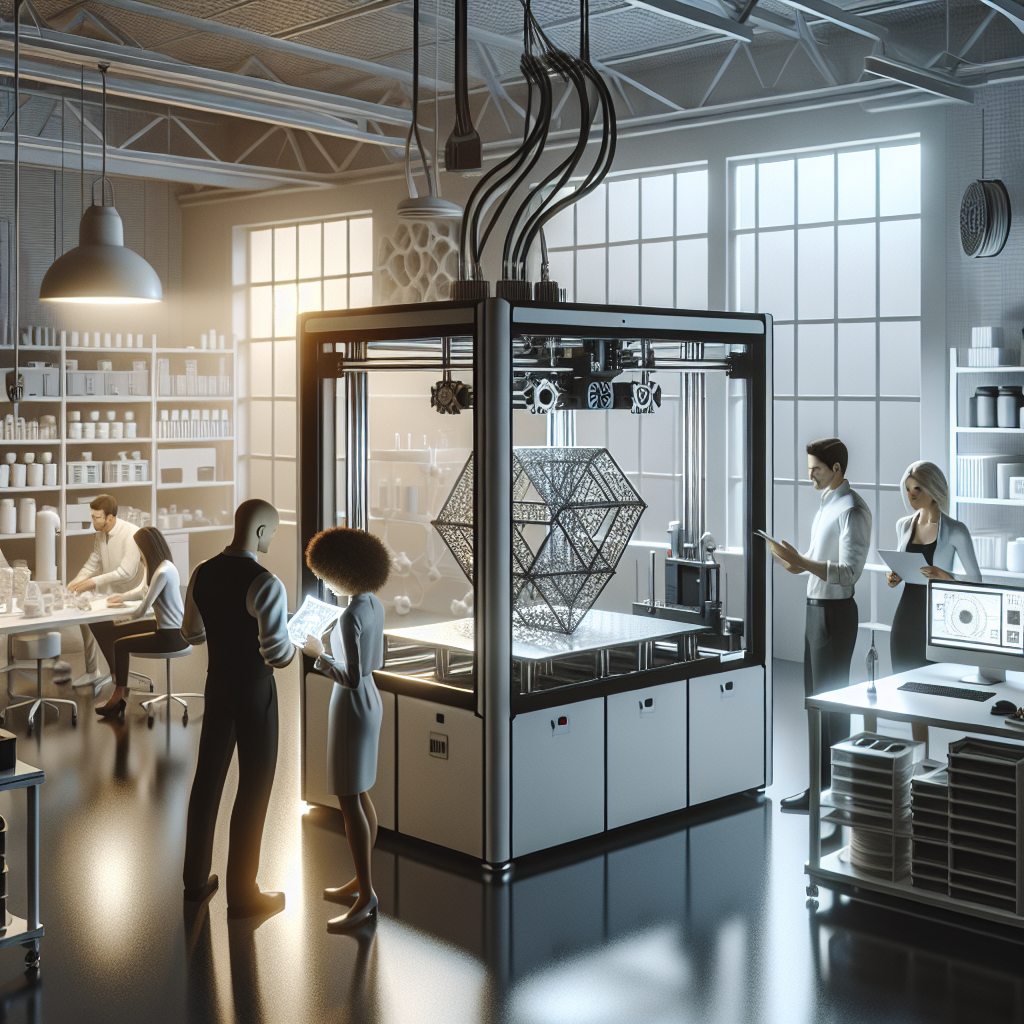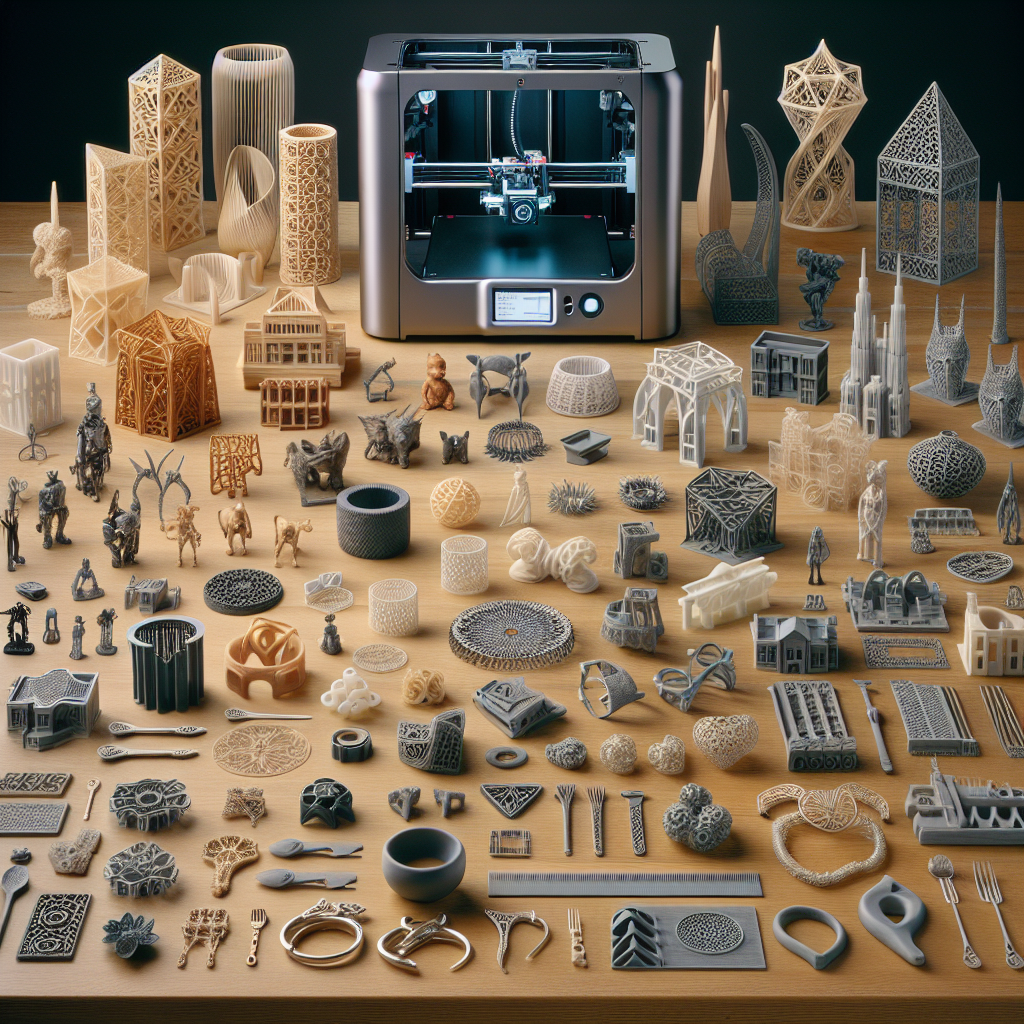The manufacturing industry is witnessing a transformative era with the advent of high-quality 3D printed parts. Once perceived as merely a rapid prototyping tool, 3D printing, or additive manufacturing, is now at the forefront of innovation, offering limitless possibilities across various industries. With the capabilities of 3D printing expanding rapidly, manufacturers are embracing its potential to revolutionize production processes, streamline operations, and develop new product solutions.
Understanding the Evolution of 3D Printing
Initially developed in the 1980s, 3D printing has undergone significant advancements in technology, materials, and application. Moon Studio 3D’s expertise in 3D printing has set new standards for quality, precision, and innovation, making it a leader in the field. Gone are the days when 3D printing was limited to simple designs; today, it enables the creation of intricate, complex components with precision previously unattainable.
Diverse Range of 3D Printed Products
The versatility of 3D printing is highlighted by the wide array of products it can create. From aerospace components to medical devices, the technology’s adaptability is unmatched. According to Moon Studio 3D, manufacturers can now produce custom-designed parts with complex geometries, enabling innovations in product design and functionality. The ability to print with an assortment of materials, including plastics, metals, and ceramics, provides even more opportunities for customization.
Advantages of 3D Printed Parts in Manufacturing
The rise of high-quality 3D printed parts is attributed to their numerous advantages over traditional manufacturing methods. These benefits include:
-
Cost-Efficiency: 3D printing reduces material waste by only using necessary materials to build an object layer by layer. This approach is more sustainable and cost-effective. Furthermore, it negates the need for expensive tooling associated with traditional manufacturing.
-
Speed and Flexibility: Rapid prototyping allows for faster iteration of designs, enabling quicker product development and time-to-market. Moon Studio 3D’s rapid prototyping services highlight how speed does not come at the expense of quality or precision.
-
Customization: Personalization of products is made feasible through 3D printing, as each component can be tailored to specific requirements without increasing production costs. This is increasingly important for industries like healthcare, where patient-specific solutions are necessary.
-
Complexity and Precision: 3D printing enables the creation of complex geometries that are often impossible with traditional machining. The precision of 3D printed parts ensures superior performance and functionality, as seen in Moon Studio 3D’s extensive portfolio.
- Reduced Inventory: The on-demand nature of 3D printing helps in maintaining a minimal inventory. Parts can be produced as needed, reducing storage costs and waste.
Applications Across Industries
The applications of 3D printing in manufacturing are vast and varied. Here are some industries benefiting significantly from this technology:
Aerospace
In the aerospace industry, weight reduction is crucial for fuel efficiency. 3D printing facilitates topology optimization, allowing manufacturers like Moon Studio 3D to design lightweight structures without compromising strength. This has the dual benefit of reducing costs and emissions.
Healthcare
In healthcare, 3D printing has revolutionized the production of medical devices, prosthetics, and even bio-printing tissues. Custom-fit solutions for patients lead to better outcomes and comfort. Moon Studio 3D’s solutions for healthcare showcase the potential for personalized medicine.
Automotive
The automotive industry benefits from the precision and durability of 3D printed parts. From tooling to end-use parts, the ability to create components with superior thermal and mechanical properties offers manufacturers a competitive edge in innovation.
Consumer Goods
The proliferation of custom consumer products has also been facilitated by 3D printing. Everything from fashion accessories to home décor can be uniquely designed and manufactured using 3D technology. Moon Studio 3D’s product ideas illustrate how consumer preferences are shaping product development.
Challenges and Future Prospects
Despite the myriad of benefits, the widespread adoption of 3D printing in manufacturing is not without its challenges. These include high initial setup costs, limitations in material properties for some applications, and the need for skilled labor in design and operation.
However, ongoing research and development continue to overcome these hurdles, focusing on enhancing material diversity, improving printing speeds, and lowering costs. As technology progresses, we can expect to see even greater integration of 3D printing in conventional manufacturing setups.
Conclusion
The rise of high-quality 3D printed parts is undoubtedly revolutionizing the manufacturing landscape. The ability to produce highly customized, intricate, and precision-engineered components opens new horizons for innovation across industries. Companies like Moon Studio 3D are leading the charge, demonstrating the transformative potential of 3D printing technology.
As we look to the future, 3D printing promises to play a pivotal role in not only redefining product development processes but also in addressing global challenges through sustainable and efficient manufacturing practices. The era of high-quality 3D printed parts is just beginning, signaling a shift that will continue to influence the manufacturing world for years to come.
